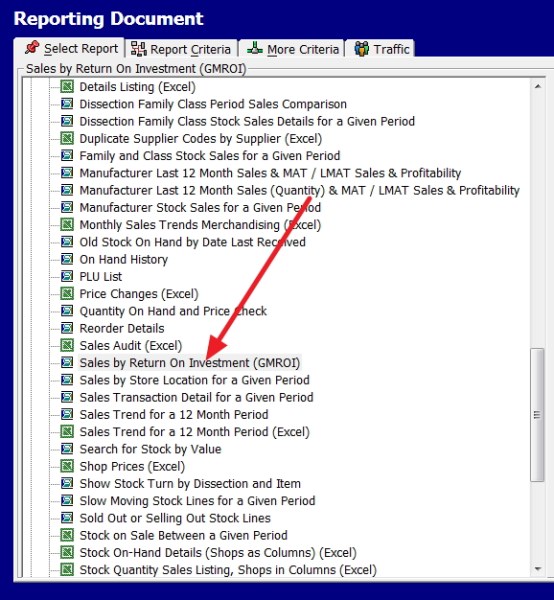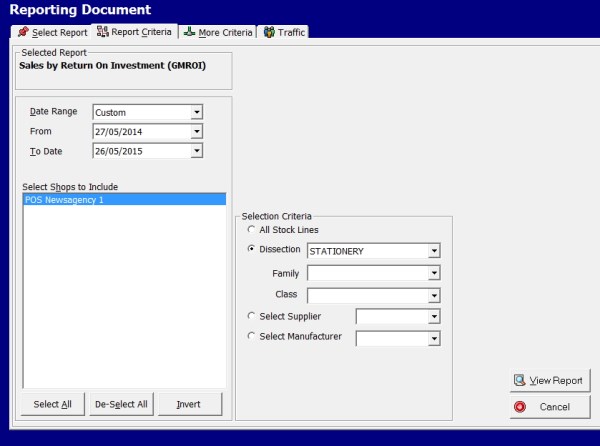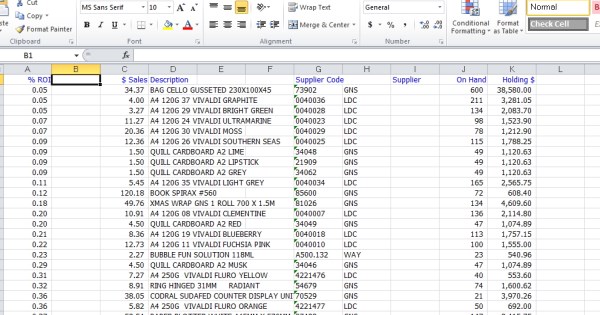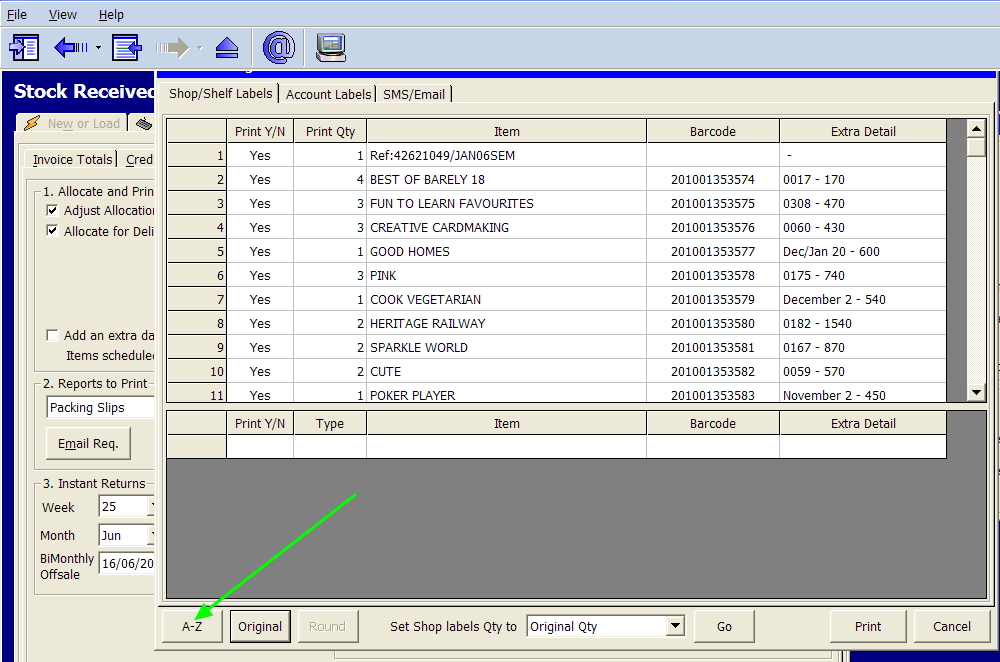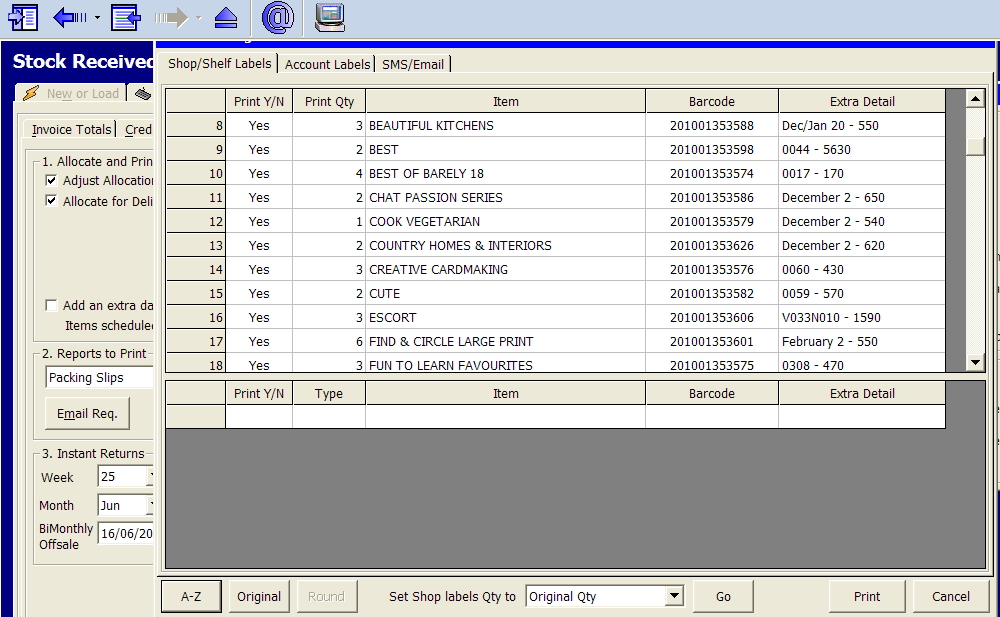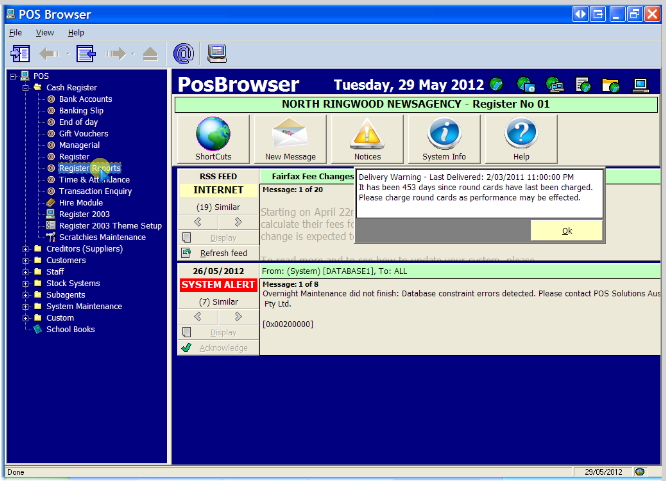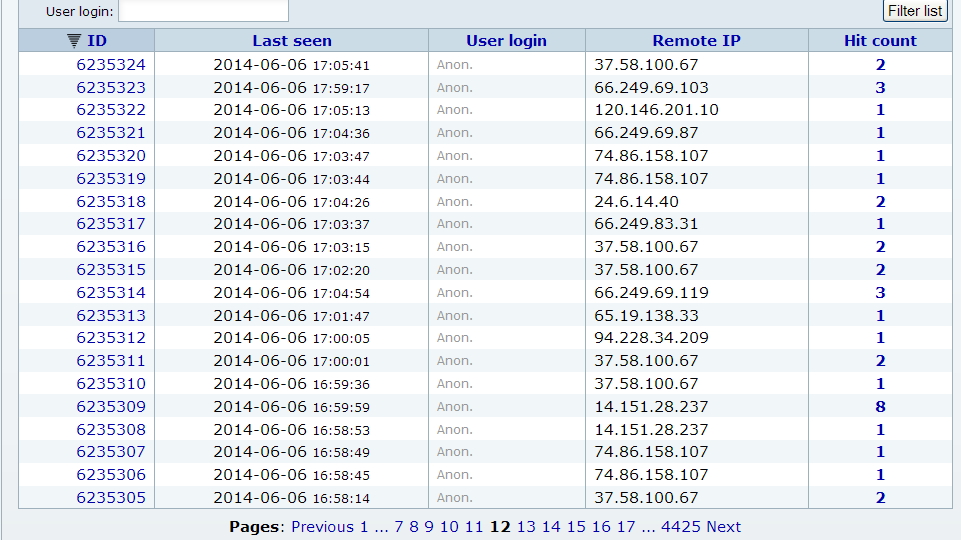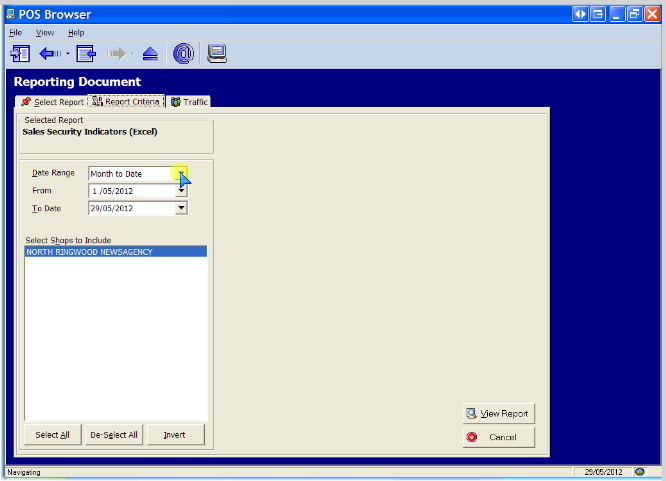Retail Purchasing: Ordering in POS Software
The reality is that many suppliers do not offer EDI invoicing even though EDI invoicing saves you a lot of time. The problem is increased if you order frequently to save resources, but the problem is the increase in management costs in controlling a large number of orders.
Our system provides a solution to this problem by giving you an automated stock control system which can run either manually with its replenish or Min/Max systems or the completely automatic focus ordering system. It also creates an electronic order that can be printed, faxed or sent by email. It can then create an EDI file that when the goods arrive can like any other EDI invoice be adjusted and imported after you check the supply when the stock arrives. There is no need to enter all that stock anymore. This will save you considerable time and resources.
If the fully automatic ordering system is adopted what the point-of-sale system will do is consider the ordering cycle (designed to reduce carry costs), the purchasing cost and lowest order quantities to produce the maximum profit for the minimum outlay in your store. This is unique to our system unlike the many manual systems out there, which end out in getting you to place orders that are larger than your immediate needs so tending to increase purchasing costs and produce overstock, which requires discounts on sales to get rid of extra stock.
Overall it releases resources, which allows you to respond to unexpected market opportunities. This will also reduce the number of stockouts on many items and its associated costs leading to increases in your clients' satisfaction.
If you want to learn more, please contact us, as only we offer at present focus ordering in our marketplace.


